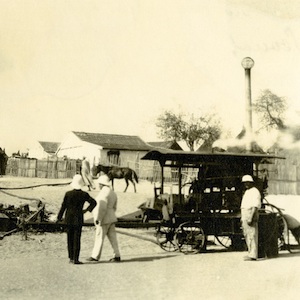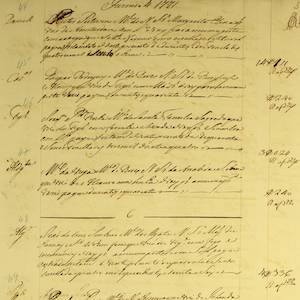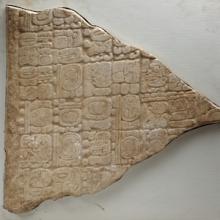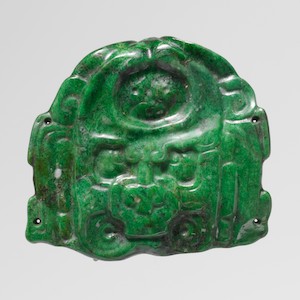North/Central America

Disinfection of Dakar houses with a Clayton Apparatus
This is a photograph from the collections of the Rockefeller Archive Center depicting a Clayton apparatus disinfecting African houses during the yellow fever outbreak of 1927. The image illustrates a number of transnational linkages that shaped the epidemic.

Analyzing Personal Accounts
Personal accounts, including memoirs, journals, diaries, autobiographies, and life histories, are important historical sources that help us understand the human condition. These are the stories we tell about our lives that usually portray a larger picture of a life in historical context.

Memoirs and Poems of Phillis Wheatley
Phillis Wheatley (c.1753-1784) was an enslaved African American poet and author. Despite this, the work Memoirs and Poems of Phillis Wheatley was compiled and the memoirs themselves written by Margaretta Matilda Odell, a supposed "collateral descendent of Mrs.

Living History by Hillary Clinton
Written shortly after being elected a United States Senator, Living History is an autobiography by Hillary Rodham Clinton, politician and former First Lady of President Bill Clinton. Living History is a memoir covering Clinton's early years and her time as Fi

Short Teaching Module: Global Approaches to Maritime Trade in Colonial North America
Traditional narratives in American history, especially in colonial history, tend to focus primarily on British policy and British trade networks. Taking a global approach to the maritime trade of British America in the colonial era provides a better understanding of the actual economy, however.

Bill of Lading of a ship from Piscataqua to Bilbao in Spain, 1721
This bill of lading is a standard form used in shipping in the 18th century.

Lisbon Port Entry List for Colonial American Ships, 1771
This is just one example of thousands of pages and documents that the Portuguese use to manage and record the trade coming in and out of their ports.

Short Teaching Module: Maya Writing
In the period from 200 to 900 C.E, which scholars later labelled the Classic Period, the Maya developed the most complex writing system in the Americas, a script with nearly a thousand characters (termed “glyphs”) that represent concepts and sounds, which over the last fifty years has been largel

Maya Deity-Face Jade Pendant, 7th-8th century
This small carved jade ornament, about 2 inches square, was most likely the central ornament on the paper headband of a Maya ruler.
Maya Drinking Vessel with Seated Lord, 7th-8th century
This large ceramic vessel, made for drinking chocolate, shows a figure wearing a loincloth, necklace, and a large headdress that looks like the tail feathers of the quetzal bird.